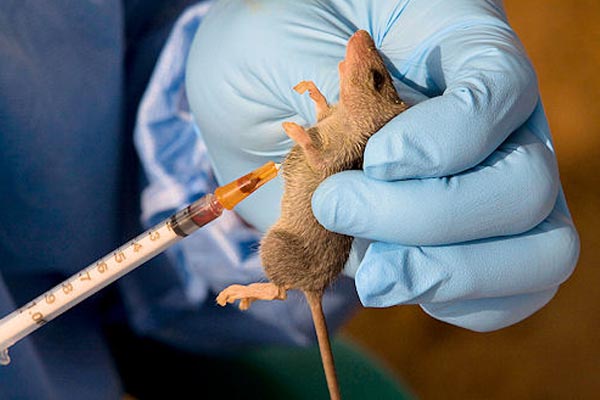Lassa fever kills 181 persons , infects 1,068 in 28 states
Lassa fever has killed 181 persons across 28 states since the beginning of the year. The latest situation report released yesterday by the Nigeria Centre for Disease Control and Prevention (NCDC) said , “In total for 2023, 28 States have recorded at least one confirmed case across 112 local government areas .” It says 7, […]

Lassa fever has killed 181 persons across 28 states since the beginning of the year.
The latest situation report released yesterday by the Nigeria Centre for Disease Control and Prevention (NCDC) said , “In total for 2023, 28 States have recorded at least one confirmed case across 112 local government areas .”
It says 7, 352 suspected cases were recorded during the period out of which 1, 068 were confirmed cases.
The report said 75% of all confirmed Lassa fever cases were reported from Ondo, Edo, and Bauchi while 25% were reported from 25 states with confirmed Lassa fever cases.
Alliance Hospital plans 200-bed hospital, medical university
Diphtheria: Save the children launches response in Kano, Yobe, Katsina
It said one new healthcare worker was affected in the reporting week 37.
The report said the number of suspected cases increased compared to that reported for the same period in 2022.
It says the National Lassa fever multi-partner, multi-sectoral Technical Working Group (TWG)
continues coordinating the response activities at all levels.
Lassa fever was first identified in Lassa town in Borno State, Nigeria in 1969.
It is a viral hemorrhagic fever currently endemic in Nigeria and other West African countries such as Ghana, Benin Republic, Guinea, Liberia, Mali, and Sierra Leone.
The NCDC said the disease is mainly transmitted to humans by the blood, urine, or excreta of multimammate rats.
“Human-to-human transmission of the Lassa virus is common among close contacts of confirmed cases such as household members and healthcare workers. While approximately 80% of Lassa virus infections in humans are either asymptomatic or mild, infection in the remaining 20% manifests as a febrile illness of variable severity, sometimes associated with multiple organ dysfunctions with or without haemorrhage and in severe cases, resulting in death,” it said
